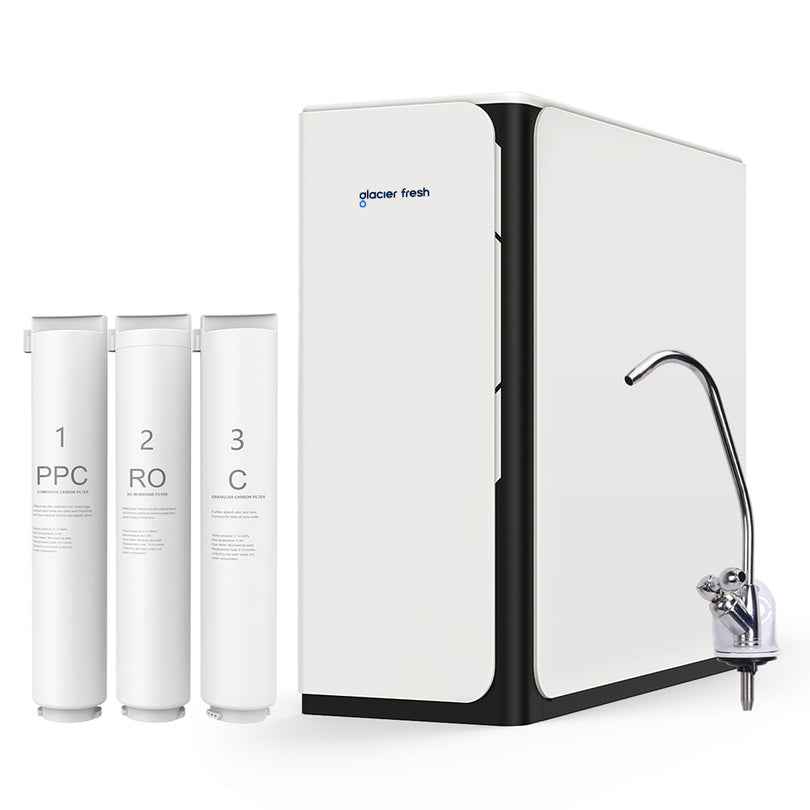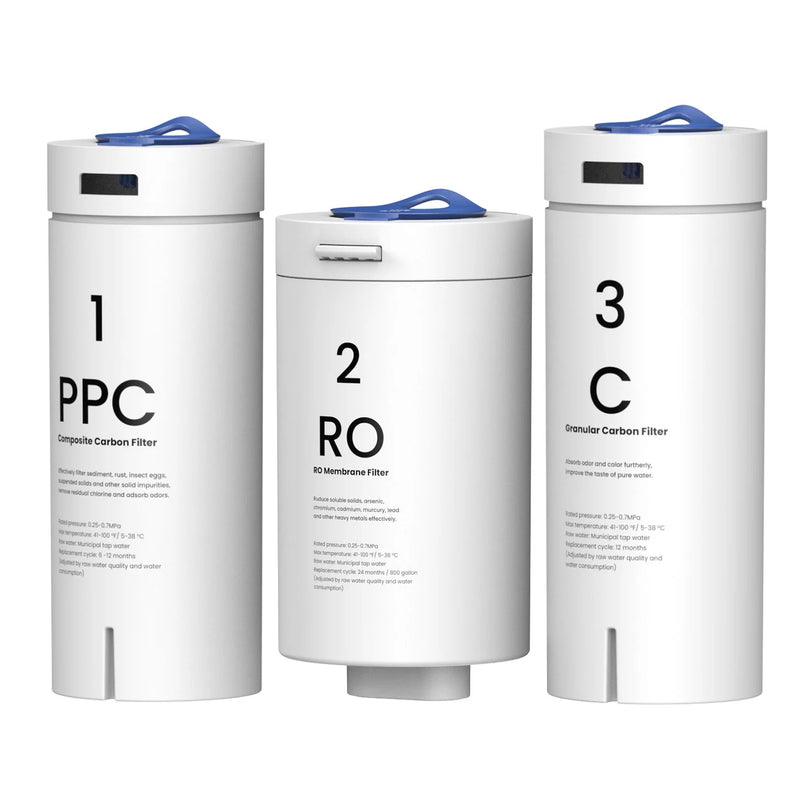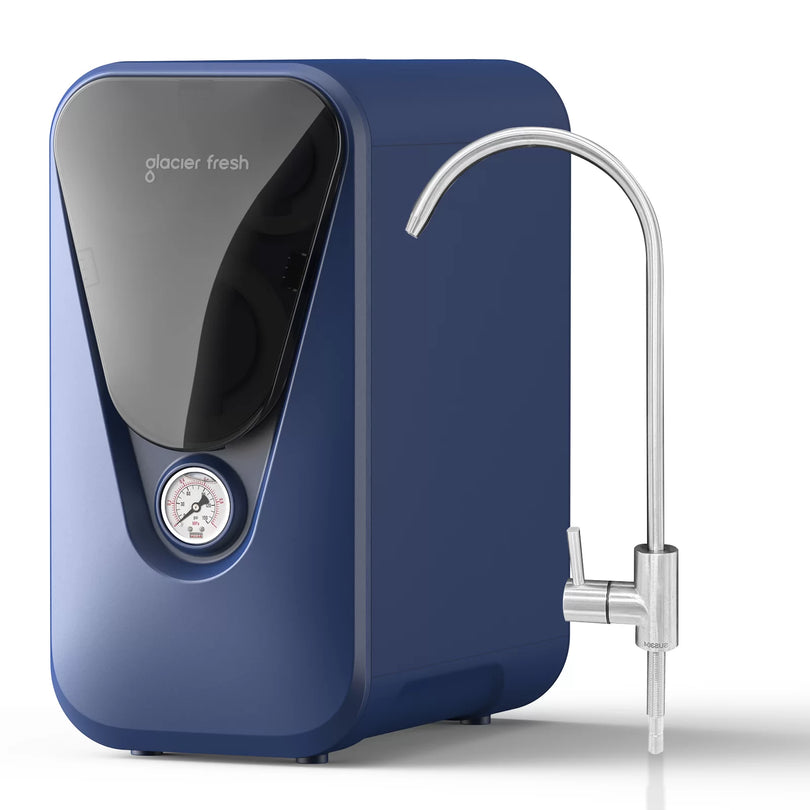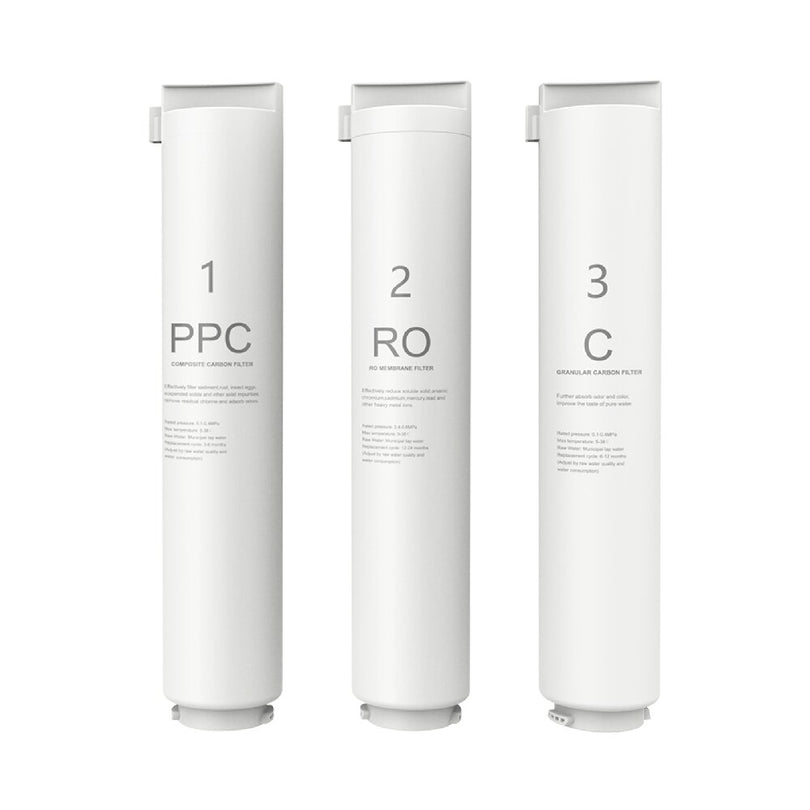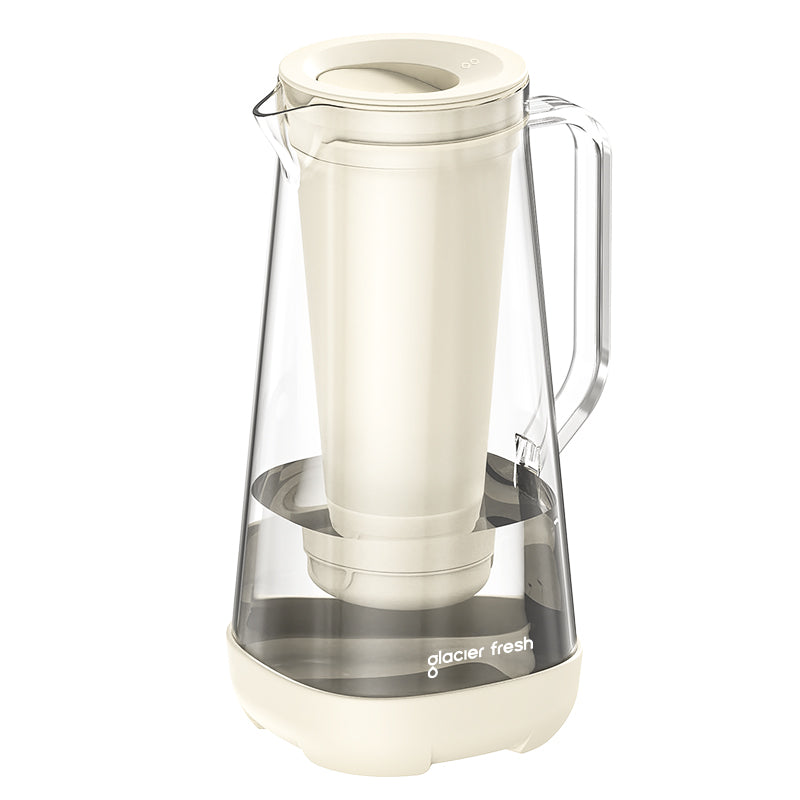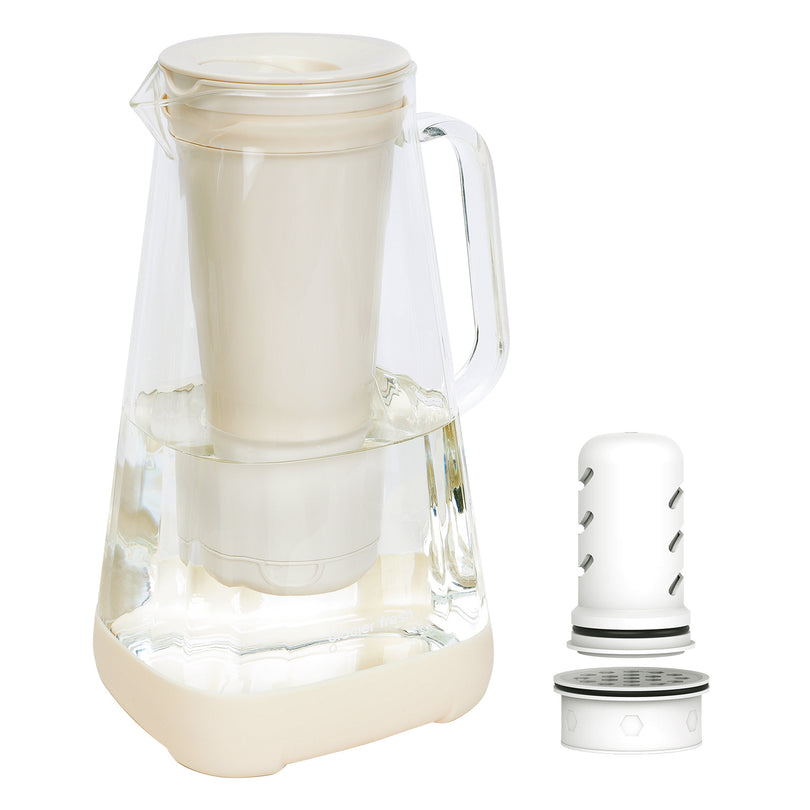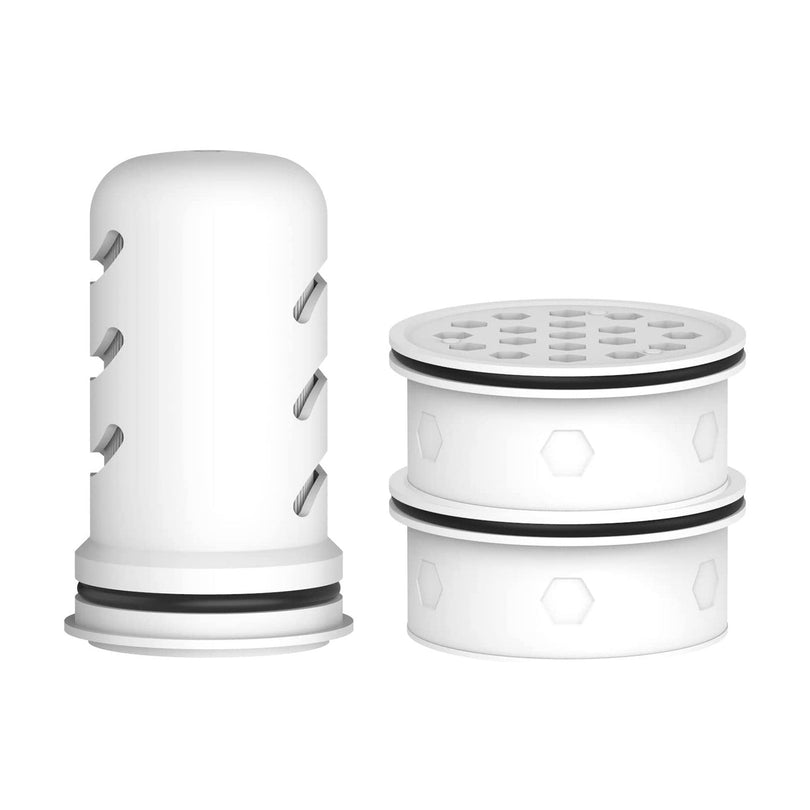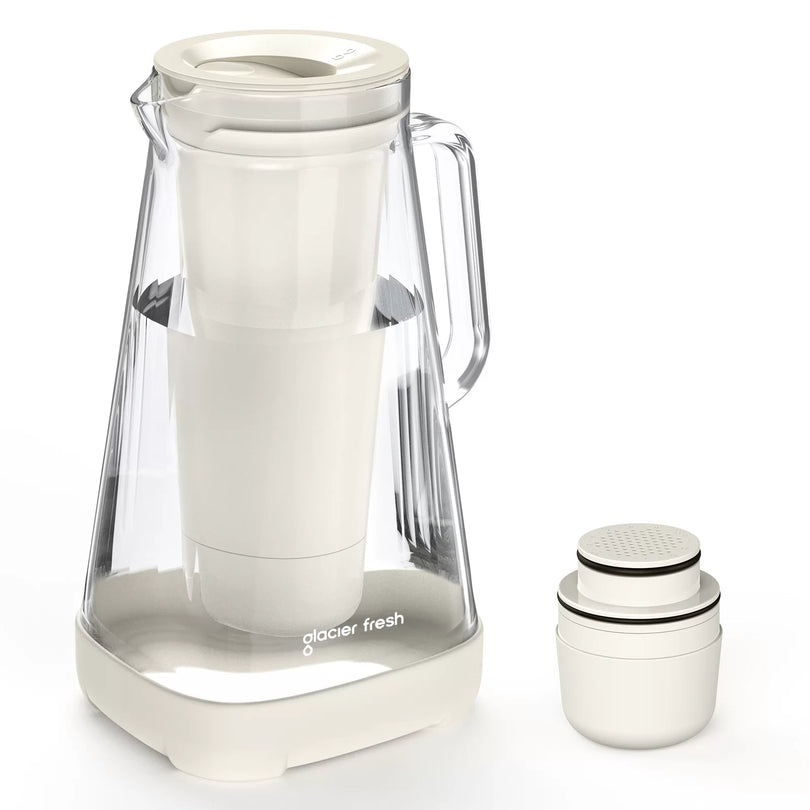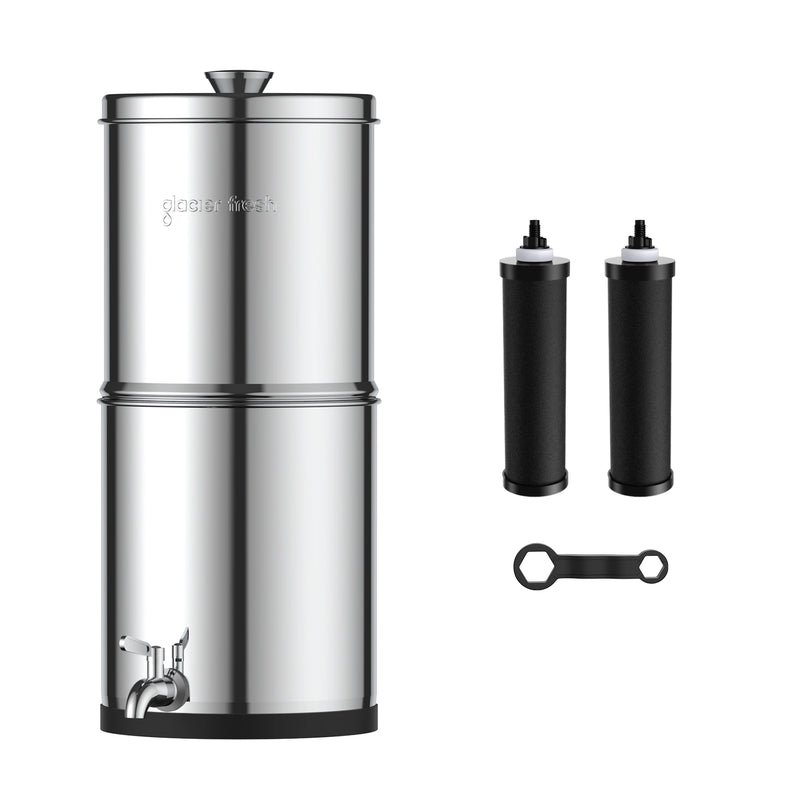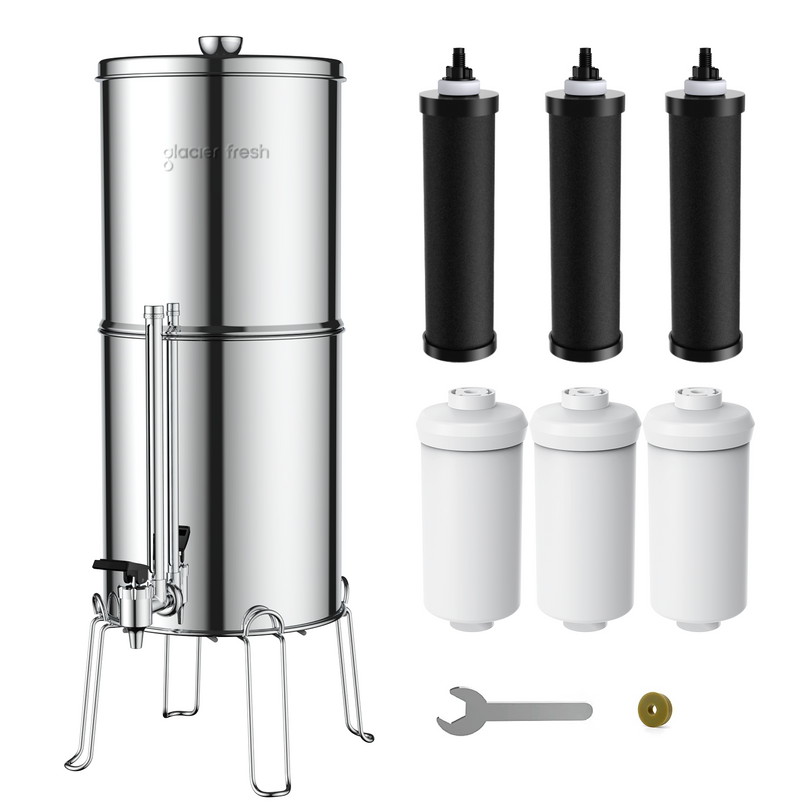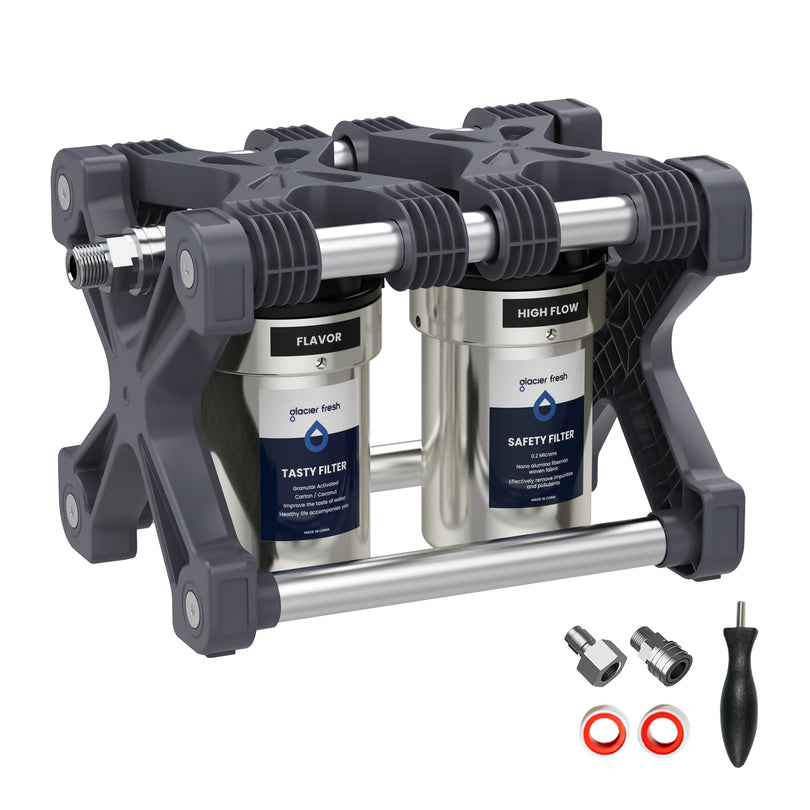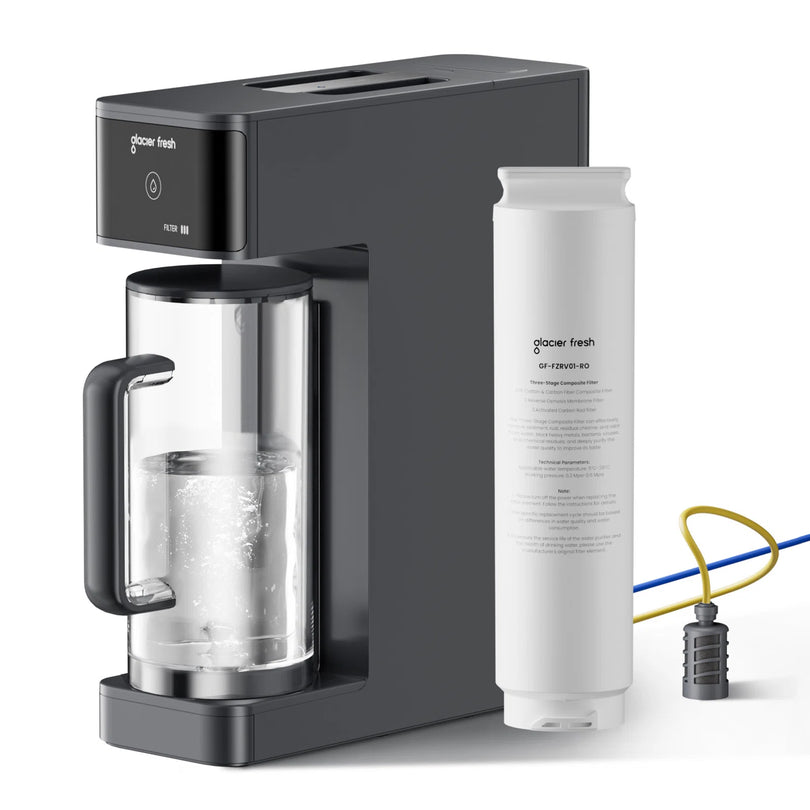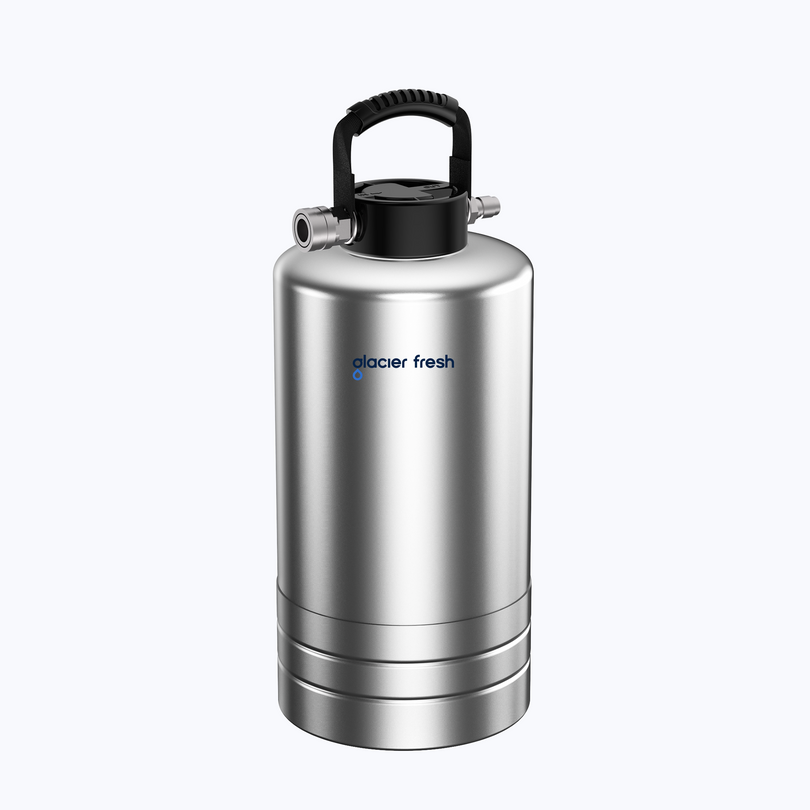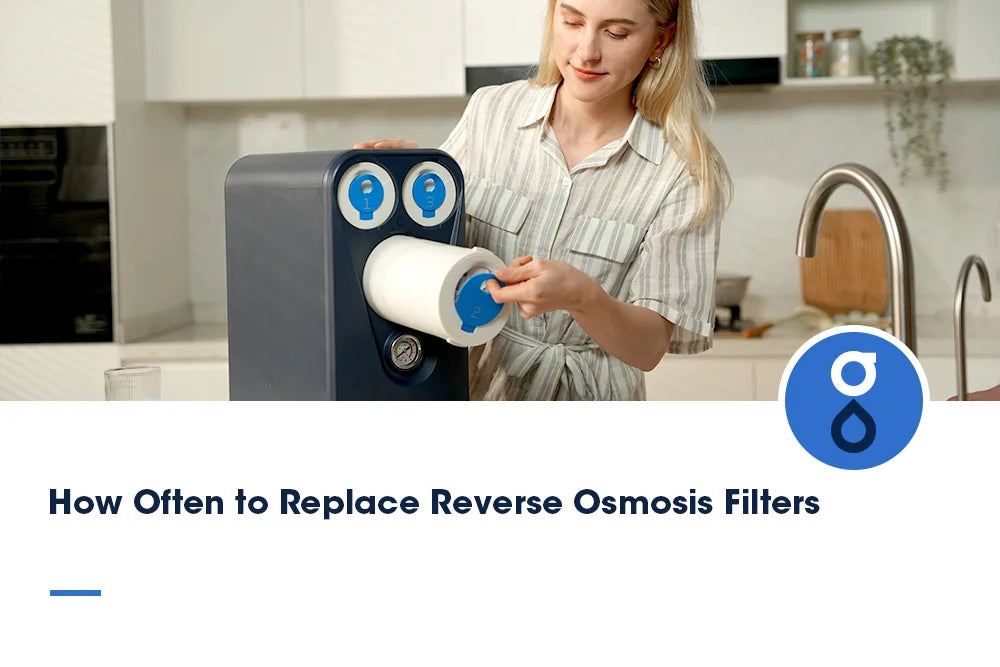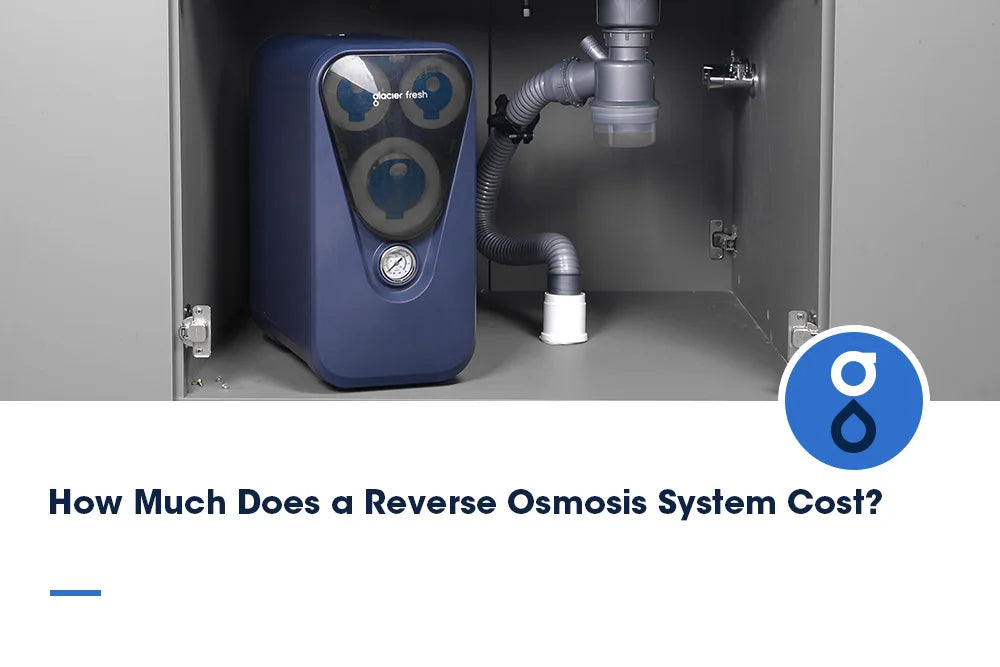Table of Contents:
Why Replacing Your Filters Is So Important?
How Often Do You Need to Change a Reverse Osmosis Water Filter?
How to Tell If Your RO Filters Need to Be Changed
How to Replace RO Filters
Tips to Extend the Life of Your Filters
Conclusion
When you purchased a reverse osmosis (RO) system, you learned just how precious it is to have pure, delicious-tasting water available to you. Although to keep it running smoothly, you must be attentive to filter cleaning. The question many individuals have is, How often to I replace reverse osmosis filters? The solution varies by your system, the quality of water, and your family's use.
In this post, we will review why the filter changes matter and how frequently, how to determine when it is time to change them, and what can be done to prolong the lifespan of your RO-filters. We will also draw examples through advanced systems from GlacierFresh so as to give you a real-world perspective.
Why Replacing Your Filters Is So Important?
A reverse osmosis water filter relies on the different levels of filters to get rid of contaminants, such as chlorine, heavy metals, fluoride, microplastics, and even PFAS. These filters get blocked or filled over time and lose their efficiency. Unless you change them regularly, you will reduce the speed of the water flow, decrease the effectiveness of the filtration process, and toxic elements might find their way into your drinking water.
For example, the GlacierFresh U03 features a five-stage unit that includes a PP-cotton filter, activated carbon, a RO membrane, and a post-carbon filter. All of these parts are necessary, and when one of them needs a replacement, the system as a whole becomes less efficient. The filters may even grow bacteria, and therefore, old filters become a hazard rather than a protection. That is why early replacement is an important factor in preserving the safety and performance of your system.
How Often Do You Need to Change a Reverse Osmosis Water Filter?

So, how often should I replace reverse osmosis filters? This is quite a simple rule in general. The pre-filters, sediment filters, and carbon filters are likely to require replacement after every six to twelve months. These are the initial protection, catching bigger particles, and extending defense to the fragile RO membrane against chlorine injury. The RO membrane alone typically lasts about one to two years under usage with varied water qualities. Lastly, the post-carbon filter, a filter that perfects and enhances the taste of water, should be replaced after approximately a year.
As an example, the GlacierFresh RV Reverse Osmosis System suggests that a pre-filter be replaced every six months, and the composition of the RO filter must be replaced within one to two years. These periods of time are a credible baseline, though families with heavy water use or in regions of harder water may require regular filter replacement.
How to Tell If Your RO Filters Need to Be Changed
Although you have general guidelines, it would be helpful if you could note some signs that it is time to replace your filters. The slowdown of water flow can be considered one of the most obvious signs. When your system begins to generate water at a reduced rate, then your filters are probably clogged and impairing pressure. Change in taste or smell is also a common indication. When your taste changes (becomes metallic, bitter, or chlorine-tasting), that means the water filter for the sink is no longer working and the contaminants are not being removed.
Several newer systems, like the GlacierFresh U03 countertop reverse osmosis water filter system, have a TDS (Total Dissolved Solids) meter, which records water quality. An increase in levels of TDS is an evident indicator of worn-out filters. In other instances, the water might even look cloudy, which is a red indication that your system is way overdue to be serviced. Observing these indicators can prevent you from consuming contaminated water and make your RO system run as efficiently as possible.
How to Replace RO Filters
Changing RO filters might seem complex, but in fact, most modern systems are self-service. The GlacierFresh U03 shows, as an example, tool-free filter changes that can be performed in only a few minutes. Usually, the way it is done is by shutting off the water supply and letting out the pressure of the system. After this, you can take out the old filter by twisting, unlocking, or pulling out the filter, as per your model.
With the old filter in hand, you replace it by putting a new one in it and making sure it fits well and is fastened in place. The last process is to turn the tap back on with the water clean and to flush the system as specified by the manufacturer before consuming the water. The filters of the GlacierFresh RV Reverse Osmosis System can also be changed without special tools. Most homeowners will be able to make replacements themselves with these user-friendly designs.
Tips to Extend the Life of Your Filters
There is no way to avoid replacement of the filters, but you can do something to prolong their life and ensure your system allows you to work effectively:
To keep the RO membrane and its performance intact, flush your system frequently to avoid the accumulation of minerals.
Change the filter according to the recommended schedule, rather than when you see a difference in water taste or flow, as the filters lose their effectiveness over time.
It is important to store spare filters well in a cool and dry place free of sunlight so that they are availed to you when you need them.
Maintain the level of TDS (if your system extraction unit has a meter, such as in the GlacierFresh U03) to help detect falling filter efficiency before it becomes major.
These habits will keep your filters working longer than usual and save you money, as well as ensuring the continued clean and safe water.
Conclusion
The key to clean-flowing water, an effective system, and a secure family lies in answering the question of how often to replace reverse osmosis filters. Most filters last between 6 months to 2 years, depending on their type and water quality, but to ensure effective performance, timely replacements and regularly scheduled inspections will keep filters running.
Filters in systems like the GlacierFresh U03 800GPD Reverse Osmosis System and the GlacierFresh RV Reverse Osmosis System can be easily replaced, the DIY-friendly assembly is easy to change, and there is a clear replacement schedule. Your willingness to take care of being active will lead you to the shining, pure, and tasty water and many years of the lifetime of your RO system.
Concisely, you do not need to wait until your water quality deteriorates. Set an alarm, review the guidelines of the manufacturer, and maintain your system in the best working condition.
Related reading:
Is Reverse Osmosis (RO) Water Safe and Healthy to Drink?
Is It Safe to Use a Reverse Osmosis System for Drinking Well Water?

